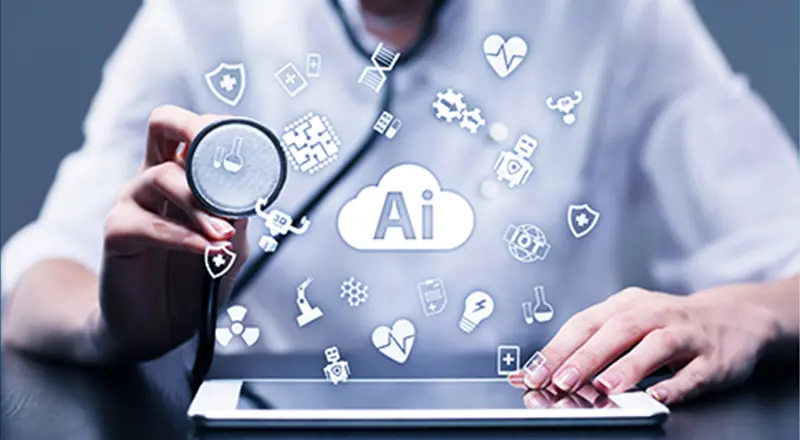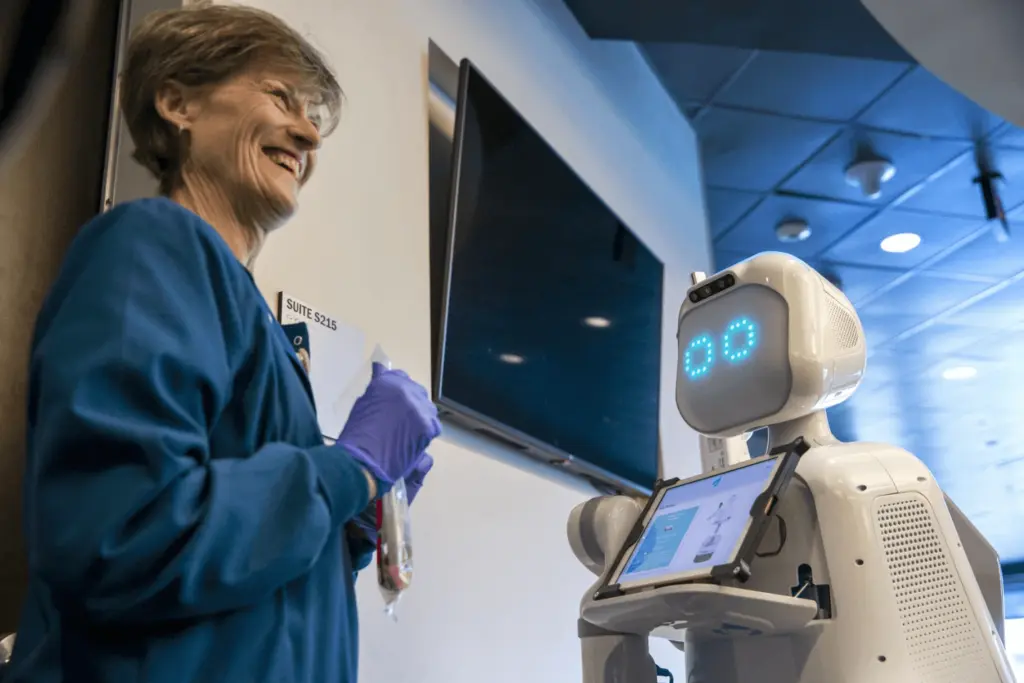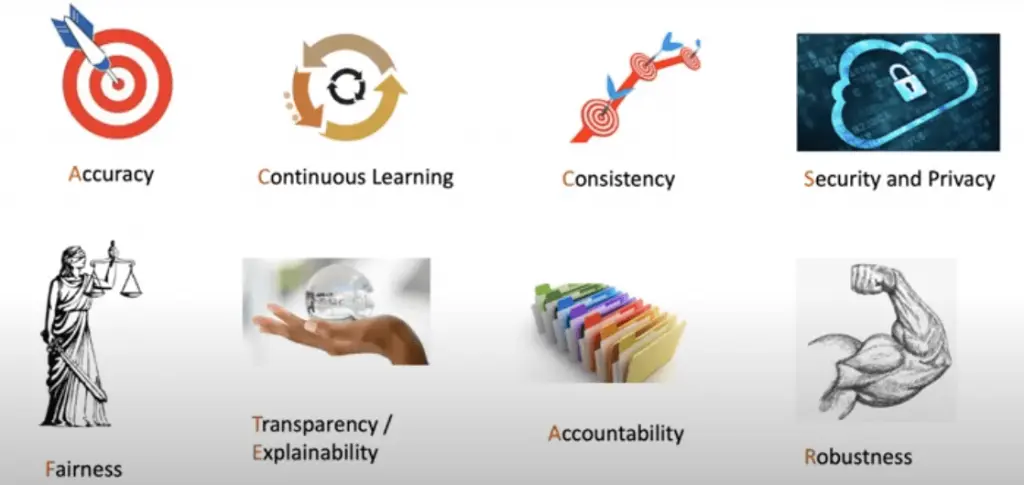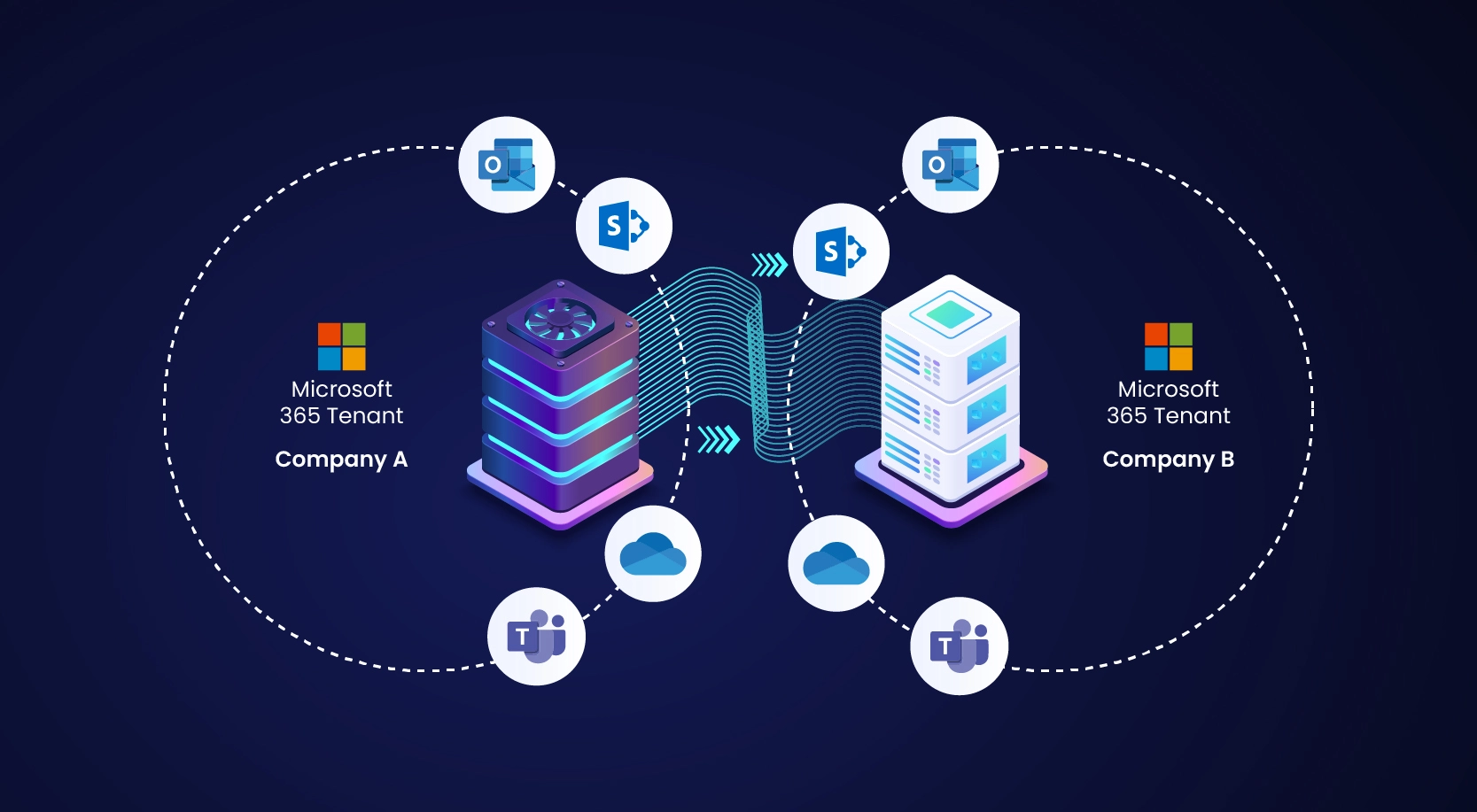
Understanding different types of AI makes it clear that True AI is still in the pioneering stage. Though scientists maintain that the progress in AI is faster than we know, it is still a long way to True AI enabled Healthcare. So far, intelligent system and robots—no matter how smart, adept and efficient—cannot simulate human capabilities fully. Still, they’ve rapidly and steadily become a part of our everyday lives. You can spot them cleaning floors in big stores, patrolling borders, picking inventories in hospitals and helping autistic children socialize. In this time of COVID-19 crisis, AI is being adopted more actively by hospitals, labs and other medical enterprises for various purposes. Among many examples is Dallas’ Medical City Heart Hospital, where Robot Moxi helps in delivering lab samples, disinfecting patient rooms, removing bags of soiled linen, and fetching supplies. As Moxi takes care of labor-intensive jobs, the staff is freed to focus on jobs that require human touch and discretion. Similar adoptions are being seen globally, which reflects that the AI is assisting in the progressing healthcare.

Robot Moxi at Medical City Heart Hospital, Dallas
There’s a lot happening in AI, and medical enterprises are making the best of the latest technologies by adopting AI-enabled infrastructure to promote data-driven decision making and improve overall efficiency. But what we need going forward is a seamless integration of advanced AI systems into enterprise models that are capable of a holistic transformation in healthcare. The possibilities are immense and there is a lot of effort being put in to exploiting AI for enterprises to make all these possibilities a reality.
Enabling AI for Enterprises
The last one or two decades have seen a lot of AI enabled applications in the form of facial recognition systems, chatbot customer support, fraud detection, self-driving cars, drones, and smart assistants by Google, Amazon etc. Most of these applications involve sensory processing techniques for image and speech recognition, and language processing. Though quite exciting to engage with, these applications have a number of limitations and the overall user experience is far from satisfying. Experts opine that to be able to trust an intelligent system, enterprises need full stack solutions that are dependable, which clearly indicates that for the next few years, the focus of AI will be to develop more robust enterprise-ready applications in a focused domain.
When Ms. Rama Akkiraju – IBM’s Master Inventor and CTO AI Operations, spoke about ‘Making AI work for Enterprises’ at the Data Science Congress 2020, she focused on how and why enterprise AI is different and more complex than consumer AI. According to her, for it to work, AI must be taught the language of the humans as well as the enterprise and that, for enterprises to adopt AI, it must be Robust, Accurate, Consistent, Explainable, Fair, Accountable, Continuously Learning, Transparent, and Secure (RACE your FACTS). She explained this with several examples and emphasized on the fact that intelligent system needs to be trained for domain-specific language to be usable.

RACE your FACTS by Rama Akkiraju
In 2018, Dr Vishal Sikka – Founder and CEO of Vianai, former CTO of SAP AG, and former CEO of Infosys, in conversation with Christopher Pereira said, “When we look further down the road, the ability to build more intelligence into the systems, the ability to reason, the ability to be articulate, and to build systems that are like ‘The Society of Mind’ that Marvin Minsky talked about, I think this is something I am really excited about.” He also pointed at the growing need for education and training of AI for a massive number of people.
Enabling AI for Patients
A lot of research companies are focusing on leveraging AI based solutions in healthcare. Most commonly, their objective is to facilitate predictive diagnosis, accelerate drug discovery, enhance patient experience, and conduct robot-assisted surgeries. Leading the way in implementing these innovations are leaders such as Google’s DeepMind Health, which has created an AI based program that notify about a patient’s deteriorating health in real time; there is Accuray CyberKnife System, a precision robotic treatment for treating malicious tumours; Heartlander, a miniature robot by Carnegie Mellon University to facilitate heart therapies; Zebra Medical Vision, an AI-powered radiology assistant; and Buoy Health – an intelligent symptom checker that understands the symptoms to suggest correct care, among many others.
In 2020, Dr Adam Pease, Founder of Articulate Software, and Ontology (SUMO), said, “It would be beneficial for the industry if we could integrate these different methods that we could describe as symbolic versus numeric or cognitive versus sensory and perceptual. We need both of these approaches to have anything approaching human intelligence and the utility from our AI systems that we are all looking for as consultants and application scientists.”
Refer to the latest FlashTalk on AI with Dr. Adam Pease, NLP/Semantic Scientist.
Simultaneously, there is an increasing focus on socially assistive robots as well. Maja Matarić, the founder of Interaction Lab at the University of Southern California, is committed to empower people and improve the human quality of life with her research. Her lab is focused on developing machines to augment human ability and help those with special needs. One of her key initiatives are centered on developing socially assistive robotic (SAR) systems that can aid in the social and cognitive development of children, particularly those with autism spectrum disorder (ASD). Another example is a robotic rehabilitation coach that acts a 24*7 companion – it monitors, coaches and motivates without getting tired or impatient. These social support robots are not aimed at replacing humans but bridging the gaps in human care.
Education & Training
Another important aspect that will majorly contribute to the progress in AI for healthcare is AI education and training. As of today, only a handful of people are trained in developing and managing machine learning systems. There is a dire need to up these numbers massively and empower more people with a formal knowledge of this field. Very few organizations/institutes are working in this direction, two of them are: the San Francisco based Open AI that builds free software for training, benchmarking, and experimenting with AI, besides working on advancing AI capabilities, safety, and policy; and Human-centered AI (HAI) by Stanford, an institute offering courses and programs that help people pursue cutting-edge research, create useful and responsible AI applications, and respond thoughtfully to the social implications of AI.
Both Open AI and HAI are leading from the front to ensure that AGI helps all humanity, a thought that is the foundation of responsible AI in healthcare. Built on the ethical principles of fairness, inclusiveness, transparency and privacy, the whole idea of responsible AI is to have a framework of guidelines assuring that AGI will benefit all humanity. From principles it progresses to practices and then to tools that ensure that AGI, when it is developed, will be used ethically and fairly for the betterment of the entire human race.

Image – Progression of AI
Progression of Responsible AI
Still, the industry experts and intellectual minds continue to have different thoughts on the end future of AI. Elon Musk has been making apocalyptic comments recently with regards to pacing innovations in AI, whereas world’s youngest world chess champion Gary Kasparov presents an opposite argument. At the 2020 Digital Life Design (DLD) Conference in Germany, he said, “Jobs don’t disappear, they evolve. Deleting people from repetitive jobs frees them up to be more creative. The future of the human race is hedged on creativity. The future is about humans and machines working together. AI will bring you what you want the most…time.”
With that hope, we must look forward to more advancements in AI for healthcare and their quick adoption so that the benefits reach everyone as soon as possible. In my next blog, I will be exploring the possibilities the role of Ontology and Cognitive AI in Healthcare to give you a glimpse of what the future of smart healthcare services will look like. True AI will leverage both Symbolic and Statistical AI (narrow and strong AI), in a responsible way to help living beings via digital health care solutions.






